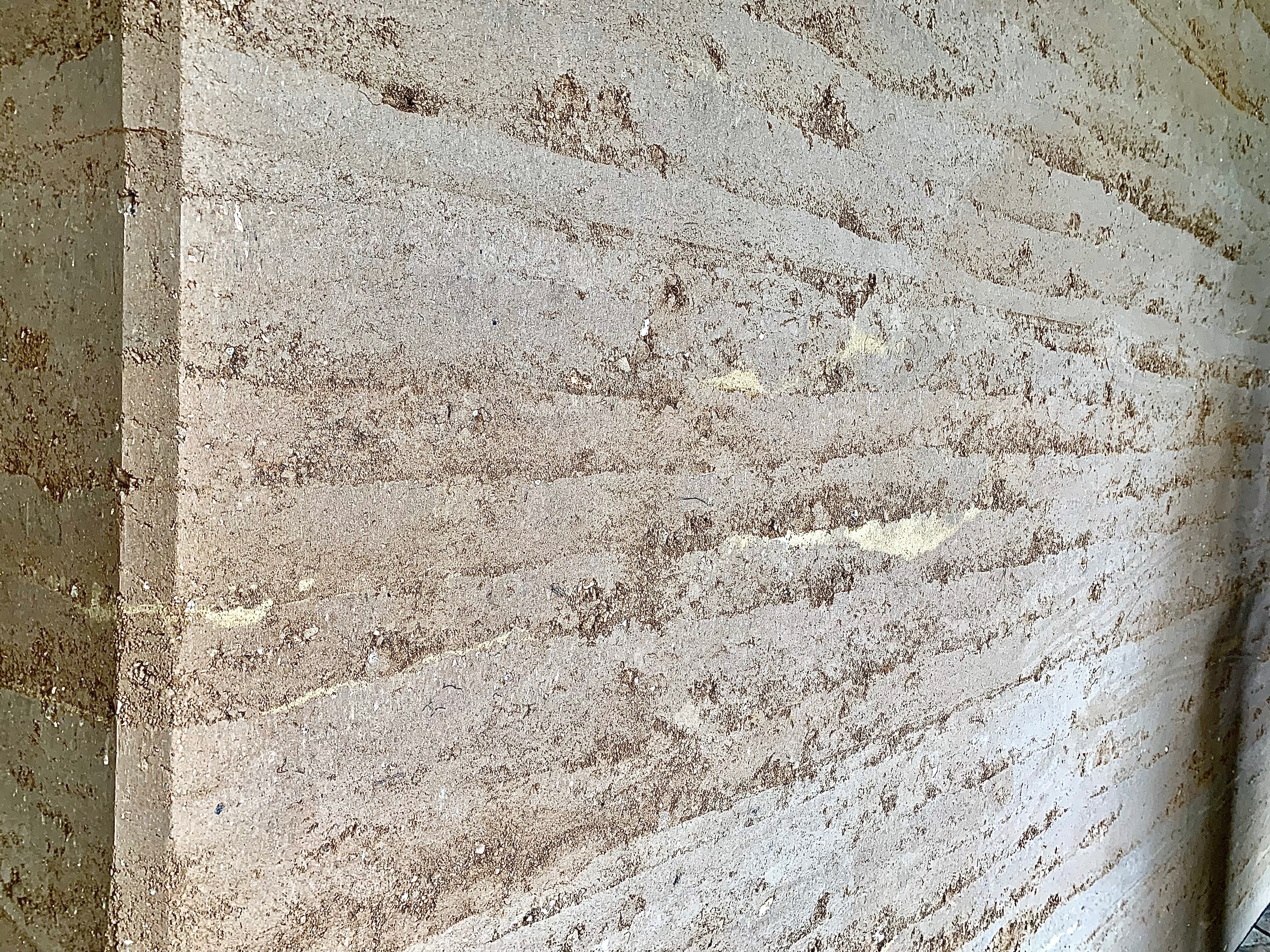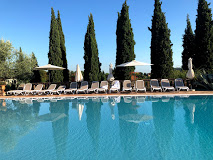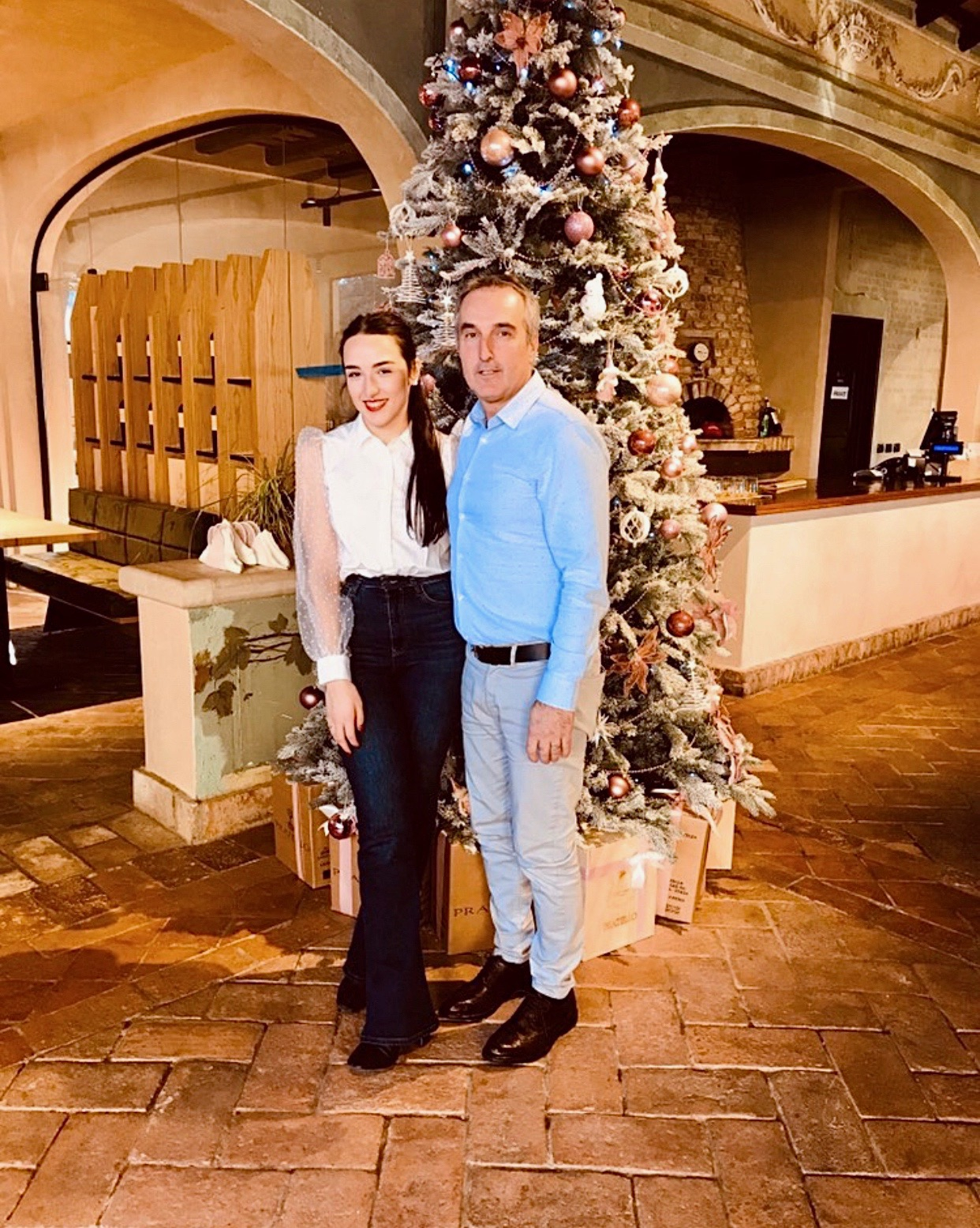
The Italian Lake Region was formed at the end of the last ice age when massive glaciers flowed down from the Alps, carving out lakes and depositing mineral-rich, rocky soils. This awe-inspiring area, full of dramatic mountain vistas interspersed with crystal clear waters, stretches across northern Italy from Piedmont to Veneto and includes five large lakes and several smaller ones.
The largest is Lake Garda, covering 143 square miles in three distinct regions: Trentino-Alto Adige in the north, Veneto to the east, and Lombardy to the west. The Garda DOC wine zone covers area at the most southerly part of the lake, both east and west, and intertwines with ten appellations — five of the better-known being Bardolino, Lugana, Soave, Valtènesi, and Valpolicella.
Pratello Winery is located in the Valtènesi DOC on the Lombardy side of the lake. Situated in the heart of a medieval village of the same name, Pratello has been in the Bertola family since 1860. Today the property boasts not only vineyards but a working farm, restaurant, and guest accommodations. Pratello’s organically grown vineyards are comprised of mostly indigenous varietals and are farmed according the "Pratello Method,” a process that focuses on biodiversity and renewable resources in the vineyards.
Grape Collective caught up with Naike Bertola, the newest generation at Pratello, who is working with her father, Vincenzo, and her grandfather, Dante, at the winery. The interview was conducted over lunch at the winery and followed up by email. Lisa Denning: You’re 5th generation winemaker. When you were growing up, did you always think you would be in the family business?
Lisa Denning: You’re 5th generation winemaker. When you were growing up, did you always think you would be in the family business?
Naike Bertola: I wouldn’t know. In reality there wasn’t a precise moment in which I knew that I would continue with the family business. Everything happened in a natural way — I grew up in it. It is the air I’ve been breathing for twenty years. There were times where I thought about doing a different kind of job and perhaps pursuing a different study path, but in what I imagined I didn’t find myself completely satisfied as much as what I’m doing today.
You work alongside your father and grandfather. What is your role?
Since I am the fifth generation to work in the family business, this aspect is very important — so much so that it is the basic principle of our philosophy. It allows us to face all victories and failures together as one. On the other hand, as in most family-run businesses, there aren’t assigned roles. Everything is based on the necessities and we find ourselves performing various tasks, especially in our case, where other than the winery there are activities based on the restaurant, B & B, cellar and even during the harvest. To sum it all up, not having a specific role makes my job more dynamic and at the same time stimulating.
What is the philosophy of winemaking at Pratello?
The philosophy that my business is using at this very moment is called Metodo Pratello. It is a project that we developed in collaboration with the University of San Michel all’Adige and it is based on a fundamental value of nature and its ecosystem: Biodiversity. The Winery is Certified biological — organic — since 2004, and strictly related to its territory and all the vineyards surrounding. An essential value of our company is the respect of nature. After being certified organic for many years, we decided to take another step further and create our own working protocol which not only takes into consideration the usage of natural products in the farmland and in the cellar, but also the respect of the ecosystem’s biodiversity in the vineyards. This method is based on ecological compensation, elimination of copper, reduction in sulphites and synergy between animals and plants. We also pay a lot of attention to the production of organic matter that has the intention to best nourish the soil. This is what we call “Metodo Pratello."
You have vineyards in the Valtènesi DOC as well as the Lugana DOC. Can you tell us about the soil and the varieties you grow there and why they are suited to these areas? How does Lake Garda influence the winemaking? In Valtènesi, our vines grow in a hilly region of morainic origins formed through the melting of ice. This area covers the west side of Lake Garda and has an extension of about 900 hectares. The soil of the Valtènesi region is mostly stony and chalky, thus determining minerality and elegance in the wines. Here the grape variety of Groppello can express its properties in the best way. Depending on the altitude level the soil changes, from extremely chalky to exceedingly calcareous, which gives tons of minerality to the finished wine product.
In Valtènesi, our vines grow in a hilly region of morainic origins formed through the melting of ice. This area covers the west side of Lake Garda and has an extension of about 900 hectares. The soil of the Valtènesi region is mostly stony and chalky, thus determining minerality and elegance in the wines. Here the grape variety of Groppello can express its properties in the best way. Depending on the altitude level the soil changes, from extremely chalky to exceedingly calcareous, which gives tons of minerality to the finished wine product.
(Photo: A wall installed in the winery is made from stony, calcareous Valtènesi soil)
As for Lugana, the area of the DOC has an extension of about 2000 hectares and includes the municipalities of Desenzano, Sirmione, Pozzolengo, Lonato and Peschiera del Garda. Its soil is made up of stratified clay of morainic and sedimentary origins, chalky and rich in mineral salts. In the zone close to the lake, it is mostly clay. In the hilly zone the clay soil is mixed up with the moraine. This is not an easy soil to work on because it is really hard and solid during drought periods, but at the same time soft and muddy after rainy days. The physical features have a direct influence on the Turbiana grape variety by conferring to it strong and clear aromas as well as the acidity and sapidity.
Can you tell us more about the signature red grape variety of Valtènesi, Gropello?
The Groppello grape gets its name from the small, compact shape of its bunch, or ‘grappolo’ in Italian, which is similar to the shape of a ‘groppo,’ knot. This is the most typical kind of grape found on the western shores of Lake Garda and it is unique in the Valtènesi region. The skin of the grape is very thin and has a blue-violet colour, plus it is also a fragile vine for the thin skin characteristic. I know it seems surreal, but we love Groppello as if it were part of the family; it is a firm companion for us winemakers and it has been there throughout life’s highs and lows.
From a marketing standpoint, everyone knows Brunello and Barolo for example. What does the Garda DOC need to do to become a part of that conversation?
The Garda DOC needs to ride the wave of the new generations because they are the primary consumers. The Brunello and Barolo are typical red wines, more attached to elderly people and meal hours. On the other hand, the Garda DOC, it's an extremely juvenile wine, feminine and dissociated from meal hours, more likely for aperitifs, happy hours, relax time, etc. Pratello welcomes guests with accommodations and a restaurant. Can you tell us more about that?
Pratello welcomes guests with accommodations and a restaurant. Can you tell us more about that?
Pratello is an extremely dynamic company. Despite having the farm as a main activity, we have also developed a hospitality area with a hotel and restaurant that dates back to the 1970s. At Pratello, the accommodation is designed and furnished to meet the varying demands of our clients. It has a simple design, but a pinch of tastefulness in the decoration of the rooms, alternated with more highly furnished suites. We also offer apartments with a typical country chic style. The large room with chestnut beams and white floor, however, is reserved for breakfast, for a welcoming and restorative start to the day.
 Our lavish buffet offers high-quality products, all home-made and with unforgettable flavors. Cakes, focaccias, biscuits and many other delights are baked punctually every morning, in order to take good care of our guests right from the start! The restaurant has two main halls, one on the inside and the other on the outside, where most of our products are served. The ingredients are rigorously organic and certified as well, such as salamis, vegetables via preserves, flour, fruit, olive oil and wine. Everything is fully and truly natural. This is also part of our philosophy: eat well and healthily and take advantage of the vast legacy of products of the land, the restaurant’s main supplier. This farm is in constant activity, production is never-ending and the attention to quality is always at the center of the stage, to ensure guests a rich and appetizing menu which will delight even the most exacting of palates.
Our lavish buffet offers high-quality products, all home-made and with unforgettable flavors. Cakes, focaccias, biscuits and many other delights are baked punctually every morning, in order to take good care of our guests right from the start! The restaurant has two main halls, one on the inside and the other on the outside, where most of our products are served. The ingredients are rigorously organic and certified as well, such as salamis, vegetables via preserves, flour, fruit, olive oil and wine. Everything is fully and truly natural. This is also part of our philosophy: eat well and healthily and take advantage of the vast legacy of products of the land, the restaurant’s main supplier. This farm is in constant activity, production is never-ending and the attention to quality is always at the center of the stage, to ensure guests a rich and appetizing menu which will delight even the most exacting of palates. What do you like to do when you’re not working?
What do you like to do when you’re not working?
I don’t have a lot of free time since I’m studying and working at the same time, but when I have that spare time I go out with friends, read some books about history and winemaking and of course, visit Verona, my favorite city.
Your winery is so close to Lake Garda. Do you ever go boating or swimming at the lake?
During summer, when it’s the most crowded at the winery, I do not go that often to the lake, but I assure you that the best way to visit it is by boat, in which you can reach many more places that are impossible by foot.
(Photo of Naike with her father, Vincenzo)
Do you have a favorite vacation spot?
The best spot for holidays in Italy without any doubts is Pantelleria island. It is unique in its genre, also known as the black pearl of the Mediterranean sea, since it is a volcanic island. As a very important fact, in this island the vine cultivation has been recognized as a UNESCO World Heritage Site. That distinction helps the unique Zibibbo grape to be known all around the world as the maker of Passito di Pantelleria. On the other hand, I would also suggest that you visit the Istria peninsula that nowadays is of Croatian territory, but until 1945/50 had been under Italian control, and that is the reason you can find many monuments that date back to the Roman and Venetian era there.
What kind of wine do you like to drink when you’re not drinking your own?
I do not have a favorite wine. It all depends at the very moment or situation I may be in. I usually prefer dry wines with a good acidity base and lots of minerality. As a matter of fact, one of my all-time favorite wines is Riesling.
(Author's note: Pratello makes a delicious dry Riesling Italico, a variety not related to German Riesling. Naike told me that she likes both types of Riesling).










